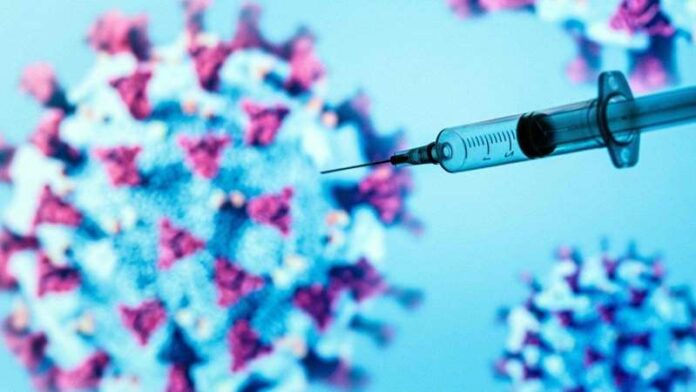Two doses of COVID-19 vaccine make you 44% more likely to be infected, according to the findings of a study from Oxford University. This study’s results contradicting the basis of global vaccine policy so blindly followed by Ireland, which assumes that vaccination significantly cuts both incidence and transmission. Hospitalisation figures show a disturbing spike in the weeks following the first jab, hitting over twice as high (2.02) in the second week. The vaccinated are twice as likely to be hospitalised with Covid than the unvaccinated in the weeks following their jab.
Effectiveness Hidden
The revealing study, published in the Lancet, looked at all infections reported in England among adults registered at a medical practice from December 8th 2020 to November 17th 2021, meaning it spanned the Alpha and Delta periods. The results should be carefully be looked at by the Irish government and the HSE. It used a case-control design to estimate vaccine effectiveness, allowing potential confounding factors such as age, sex and underlying conditions to be controlled for, while individuals with prior infection were excluded.
The results for effectiveness against positive Covid test (i.e., reported infection), which were found buried away in the supplementary appendix, are shown below.

Three key figures are highlighted in yellow. The top two show that in the two weeks following the first jab individuals were three to four times more likely to test positive for Covid than their unvaccinated counterparts. This is further confirmation of the post-jab spike in infections that has often been noted and which there is evidence is a result of the vaccination temporarily reducing immunity.
Vaccine Increased Infection
The third figure shows that two weeks or more after the second jab – which during 2021 was regarded as ‘fully vaccinated’ – individuals were 44% more likely to be infected than their unvaccinated counterparts. This is negative vaccine effectiveness (where infections are higher in the vaccinated than the unvaccinated) of minus-44%. This negative effectiveness is in line with the raw data from England and studies from other countries, but contradicts official Government estimates, which claimed effectiveness of 60-85% against Delta infection. The new study indicates that the negative effectiveness was not just a result of confounding factors or a ‘catch-up’ effect, where the vaccinated have lower infection rates initially then higher infection rates as the effect of the vaccine wears off, as some have claimed.
Higher Risk After Vaccine
Acknowledging the figures, the authors write: “Surprisingly, we observed a higher risk of test positivity after vaccination with one or two doses across all BMI groups, which is contrary to evidence reported by the U.K. ONS.” What they don’t mention is that it is fully in line with data from the UKHSA, nor that the ONS is known to overestimate infection rates in the unvaccinated because it underestimates the population – the ONS puts the unvaccinated adult population at 8% whereas the NIMS database puts it at 19% (and surveys higher still at 26%).
The authors state that the “hospital admission and death outcomes were considered more robust outcomes than infection” owing to “variability in testing” and a potentially “high proportion of asymptomatic infections”. The implication is that unvaccinated people were less likely to get tested when infected, suppressing the positive test rate in the unvaccinated. No evidence is provided for this claim nor was any attempt made to quantify the possible size of the difference.
An Inconvenient Report
The Oxford study was published in June 2022 but went largely unnoticed until Alex Berenson Author of ‘Tell Your Children and Pandemia’ wrote about it last week. Alex also drew attention to the fact that vaccine effectiveness against hospitalisation and death is much weaker than was claimed.

Vaccine effectiveness against death 14 or more days after the second jab is just 61% (the first highlighted figure), well below the 90-99% claimed by the Government. Note that the overall protection will be even lower owing to the vaccinated being more likely to be infected: the 44% higher infection rate mentioned above would reduce the 61% effectiveness to just 34%.
Oddly, the vaccine effectiveness against death in the week following the third jab (the second highlighted figure) jumps up to 97%, from 61% following the second jab, despite this being before the effect of the booster should kick in. This oddity is not explained.
Jab Hospitalisation
Hospitalisation figures show a disturbing spike in the weeks following the first jab, hitting over twice as high (2.02) in the second week. Why are the vaccinated up to twice as likely to be hospitalised with Covid than the unvaccinated in the weeks following the jab?
The figures show that having two vaccine doses reduces hospitalisation risk by 66% once 14 days post-injection (though once again there is an unexplained leap in efficacy from 19% 28 days after dose 1 to 67% in the week after dose 2). The 66% is markedly lower than the 90-99% claimed at the time, as shown in the UKHSA Government report in September 2021.

